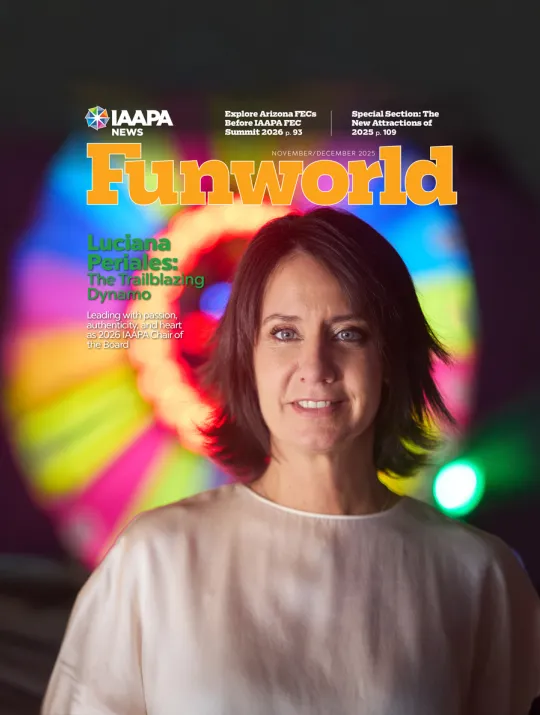Tour button
Top Benefits for Establishing Diverse Attractions Suppliers
Setting up guidelines for supplier success.

Inclusivity is not just about what guests see—it also extends to the suppliers attractions work with behind the scenes.
“A supplier diversity program is a proactive initiative undertaken by organizations to source products and services from businesses owned by individuals from underrepresented or diverse backgrounds,” explains Paloma Valles Marin, European supplier diversity project lead at supplier diversity advocacy organization Minority Supplier Development UK (MSDUK), headquartered in Leicester, United Kingdom “This includes women, minorities, LGBTQ+ individuals, veterans, and other historically disadvantaged groups. The aim is to promote economic inclusion, foster innovation, and create a more equitable business environment.”
Why Start a Program?
Zoo Atlanta first implemented a supplier diversity program in 1990, says Cary S. Burgess, senior vice president of DEI, government, and community affairs. The zoo uses diverse suppliers in a variety of areas including construction, painters, electricians, office supplies, uniforms, animal food, janitorial supplies, and food and merchandise.
“It is a vital aspect of Zoo Atlanta’s mission that we are inclusive of the community we serve,” he continues. “This extends not just to the resources we offer as part of the Zoo Atlanta experience, but also to business opportunities and partnerships which are reflective of the vibrant growth and diversity of our community. It is very important to our organization that we hold ourselves accountable to these goals.”
Pauline Gebon, vice president of member success, National Minority Supplier Development Council located in New York City, says it is important for attractions to consider having a supplier diversity program, as U.S. demographics have changed dramatically over the last 10 to 15 years and continues to do so.
“If we think about how people are spending their dollars, individuals are being a lot more aware of the companies and a lot more deliberate in how they spend their dollars with companies who are responsible and accommodating to their demographic,” she continues. “It’s imperative that all businesses take a look at how they are working with diverse populations, how are they including diverse populations in their buying processes, and how are they bringing economic wealth to those communities who are going to be the communities that purchase the goods and services that frequent your [attraction].”
Tips for Program Success
Marin advises to have clear objectives for a fledgling supplier diversity program. “Define clear, measurable goals and objectives for the program,” she explains. “Be transparent about the program’s progress and impact. Avoid selecting diverse suppliers merely for appearance—choose suppliers based on merit and capability. [And] listen to feedback from diverse suppliers and make improvements accordingly.”
Gebon believes a commitment for the program by executive leadership is crucial.
“It’s something that has to have executive endorsement,” she explains. “One of the first things that people should do is make sure that within the company that your executives understand the importance of starting up a supplier diversity program, and the value that it brings to the organization.”
Burgess agrees, having devoted a committee of Zoo Atlanta’s board of directors to diversity, equity, accessibility, and inclusion (DEAI) efforts, which include supplier diversity.
“Equally importantly, it is vital to engage an organization’s internal team and to provide information internally that makes it easier for individual departmental decision makers to identify diverse businesses when selecting vendors and suppliers,” Burgess adds. “The most obvious ‘don’t’ would be to pay these efforts lip service only and to have this commitment exist only on paper. It is also not advisable to be without a clear, measurable goal that can be visited on at least an annual basis, if not even more frequently. Even if a goal starts out small, it remains measurable and can be continually reviewed and revisited. Set goals, not quotas.”
Follow IAAPA for news and event announcements in your favorite social media apps
Connect with the Real Stories Behind the Fun
Follow our social media for authentic stories, special moments, and behind-the-scenes looks from the attractions world.












 The Official Magazine of IAAPA
The Official Magazine of IAAPA

